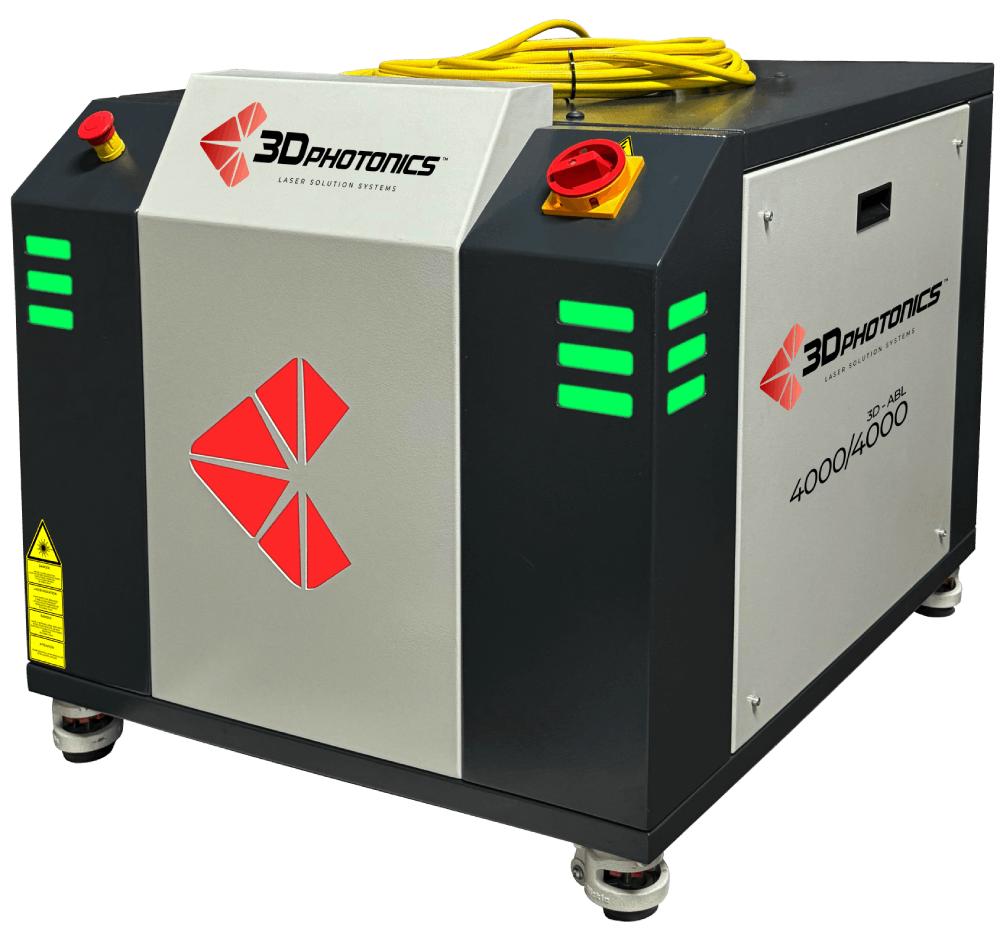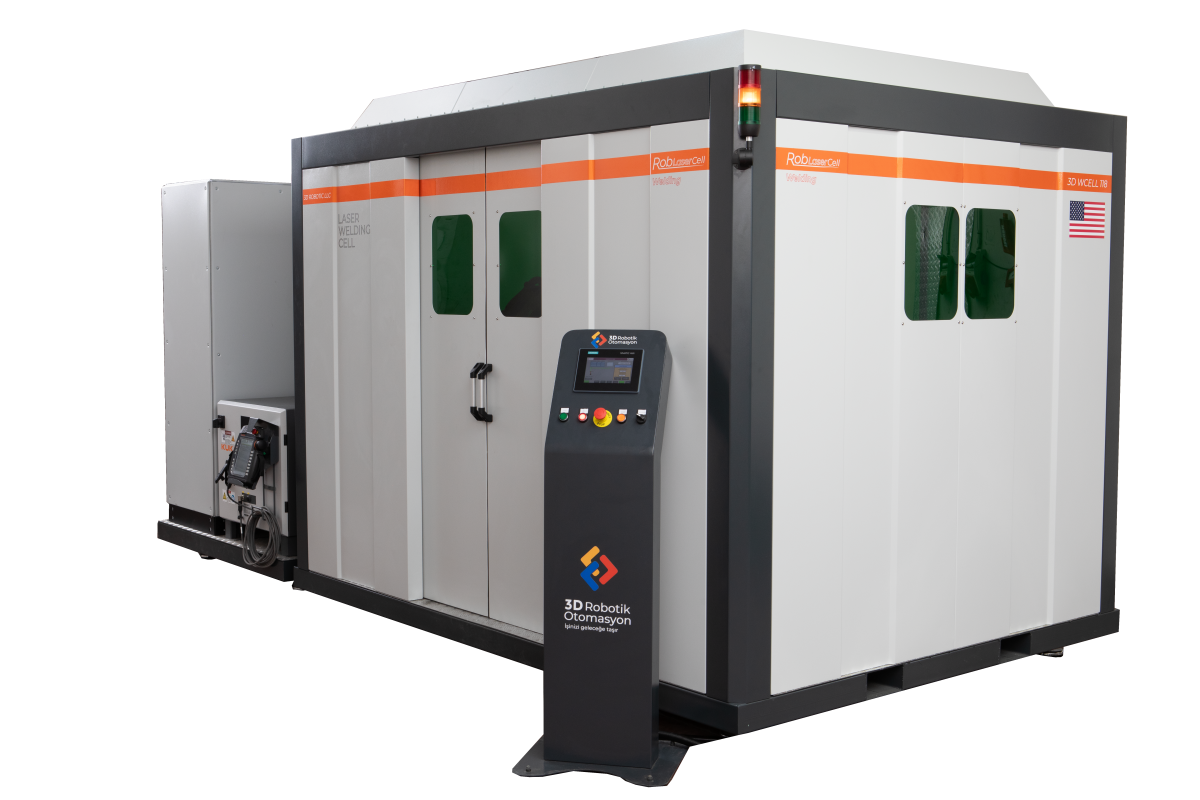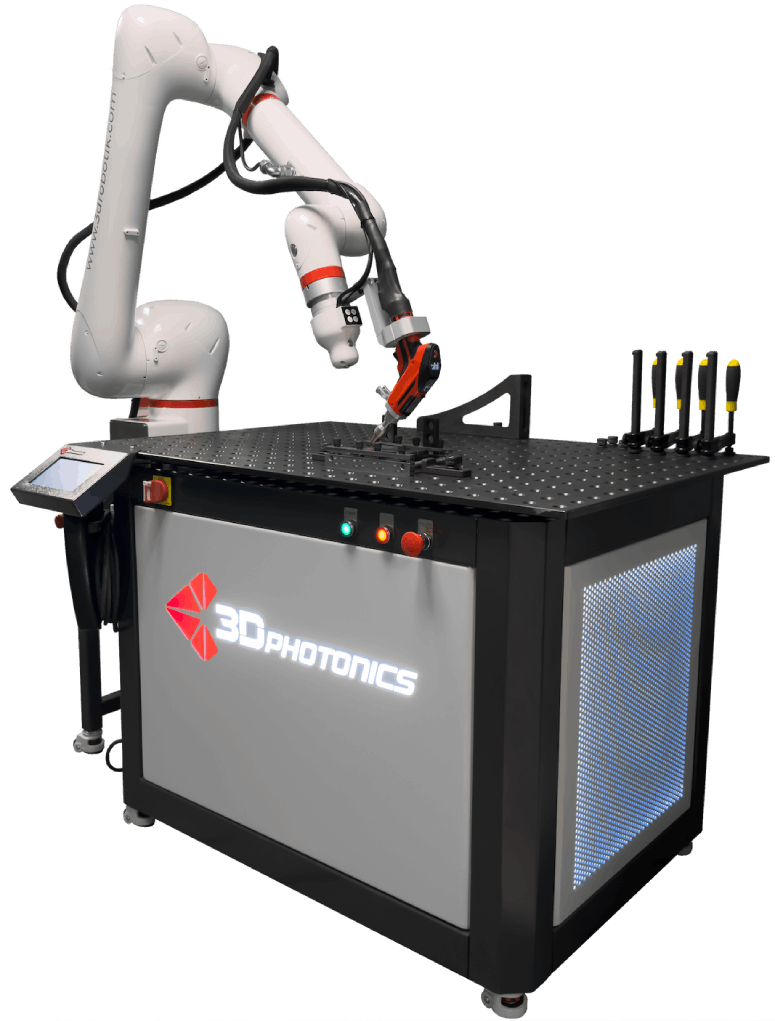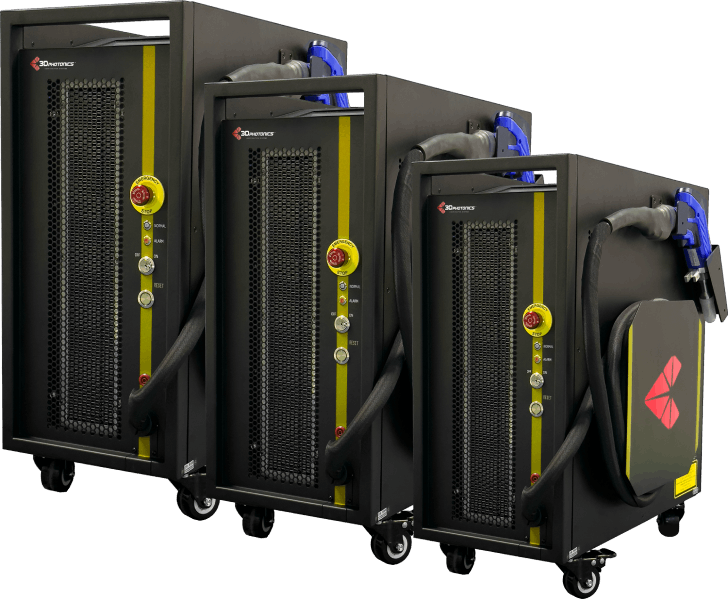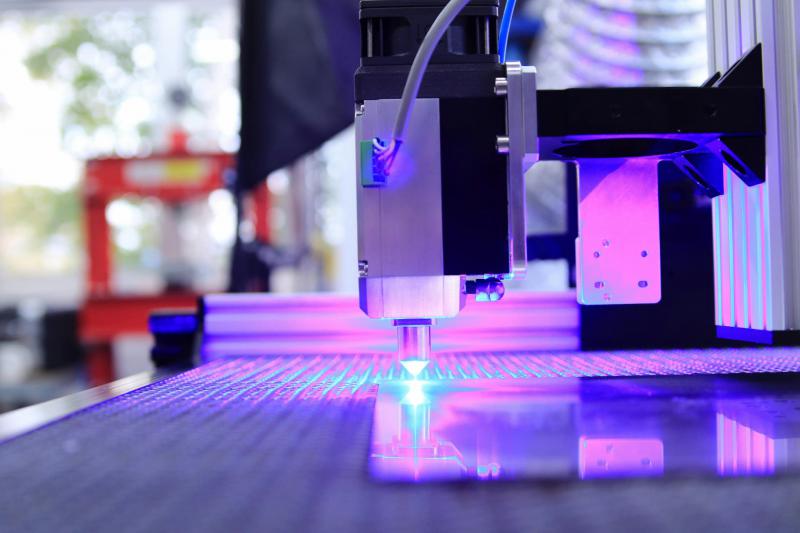
In today’s industrial landscape, energy efficiency is no longer optional—it’s essential. As manufacturers aim to maximize output with minimal input, laser welding systems are playing a central role. But is zero-loss production really achievable with a laser welding production line? Let’s dive into the tech and methods that bring us closer to this goal.
What is a Laser Welding Production Line?
A laser welding production line integrates laser beams with automated or robotic systems for high-precision welding tasks. Common in automotive, electronics, aerospace, and defense sectors, these systems are designed for repeatability, accuracy, and speed.
Main Components Include:
- Laser power source
- Robotic arm or cobot
- Automatic wire feeding unit
- Real-time monitoring sensors
- Energy management software
How is Energy Efficiency Achieved?
Efficiency isn’t just about the type of laser—it's about how well the entire system is synchronized.
| Efficiency Factor | Description |
|---|---|
| Fiber laser tech | Delivers more focus using less energy |
| Smart energy controls | Ensures power is used only when needed |
| Real-time monitoring | Prevents waste by catching defects early |
| Cobot integration | Reduces human error and increases repeatability |
Is Zero-Loss Realistic?
While 100% loss-free production is theoretical, laser technology enables yields as high as 98% when combined with smart design and automation.
- Precision welding paths
- Automation that minimizes human error
- Integrated quality control for minimal rework
Industries That Benefit
Energy-efficient laser welding systems offer measurable improvements in:
- Automotive manufacturing (chassis, doors, exhausts)
- Electronics and sensor assembly
- Medical device production
- Aerospace lightweight component joining
Laser Technology Drives Sustainable Manufacturing
For companies aiming to reduce energy costs and improve quality, laser welding systems are the way forward. Invest in automation, embrace precision, and edge closer to the goal of zero-loss production.
Frequently Asked Questions
Are laser welding systems energy-efficient?
Yes. Fiber lasers in particular offer high output with minimal power use.
What does cobot integration offer?
Improved accuracy, fewer errors, and increased operator safety.
Is zero-loss truly achievable?
While rare, up to 98% yield is achievable with smart integration.
What other tech helps improve efficiency?
Smart sensors, energy analytics, and real-time quality control systems.
- Operator Training in Handheld Laser Welding: How It Impacts Efficiency
- Error Detection and Preventive Maintenance in Automated Laser Welding Lines
- Fume and Particle Filtration in Laser Welding: What to Know for Workplace Safety
- AI-Driven Manufacturing with Photonics: Possibilities and Applications
- Next-Generation Solutions in Industrial Laser Cooling Technologies
- Is Zero-Loss Possible with Energy-Efficient Laser Production Lines?
- Laser Marking or RFID? Advantages of Traceability Technologies
- How Do Automatic Wire Feeding Systems Work in Laser Welding?
- Deep Penetration and Thermal Balancing in Fiber Laser Welding Technology
- Fast Production Advantage with Handheld Laser Welding Machines
- 5 Technical Criteria Defining Quality in Laser Systems
- How to Improve Energy Efficiency with Laser Welding?
- Photonics and Automation: Your Guide to Smart Manufacturing
- Product Protection Against Counterfeiting with Laser Marking Systems
- Can Handheld Laser Welders Reach Tight Spaces?
- Choosing Industrial Laser Systems: Power, Efficiency, and Compatibility
- The Role of Cooling Systems in Laser Welding Technology
- Why is Photonics Important? A Rapidly Growing Industry in Turkey and the World
- Handheld Laser Welding: Why It's the Smart Choice for Mobile Applications
- What is Laser Marking? Permanent and Secure Tracking in Production
- Laser Welding Systems: The New Standard in Metal Joining
- Revolutionizing Manufacturing with Photonics Technology: Light that Shapes the Future
- Things to Consider When Using Handheld Laser Welding Machines
- How to Achieve High-Precision Manufacturing with Laser Systems?
- What is Handheld Laser Welding? How Portable Power Transforms Industry
- 3D Photonics Successfully Unveils ABL-SM Laser Series at AMC 2025!
- 3D Photonics Named Platinum Sponsor at AMC 2025 Conference
- Why Choose 3DPhotonics? Strong Technology Partnership for Your Projects
- From Education to Industry: Fields Covered by Photonic Technologies
- Is Sustainable Production Possible with Laser and Photonic Solutions?
- Is Micron-Level Processing Possible with Lasers? How It's Achieved
- Recent Developments in Fiber Laser Technology
- 5 Key Factors That Define Quality in Optical Systems
- What Is Laser Marking? Permanent and Reliable Traceability Solutions
- Using Spectrometers in Industrial Applications
- Laser Cutting vs CNC: A Comparative Guide
- Optical Solutions in 3D Manufacturing: The Power of Precision
- The Role of Laser in the Defense Industry: Next-Generation Security Technologies
- What Are Optical Filters Used For? The Impact of Right Selection on Production
- FABTECH Chicago, September 8-11, 2025
- 3D Photonics at FABTECH 2024: Showcasing Advanced Laser Technologies for Industrial Applications
- 3D Photonics Showcases Innovative Laser Solutions at EUROBLECH 2024
- What is Photonics?
- Robot Investments Summit | 20-23 December | Istanbul
- 16. Blechexpo | 7 - 10 November | Messe Stuttgart

